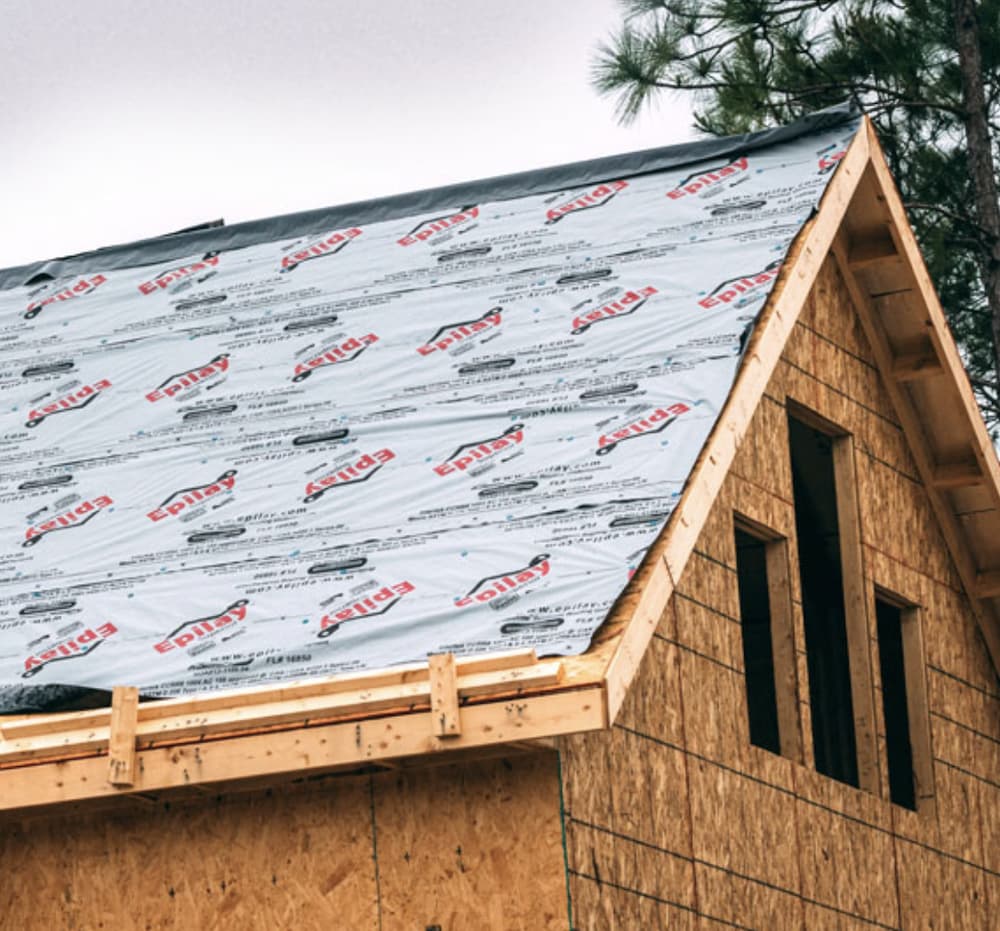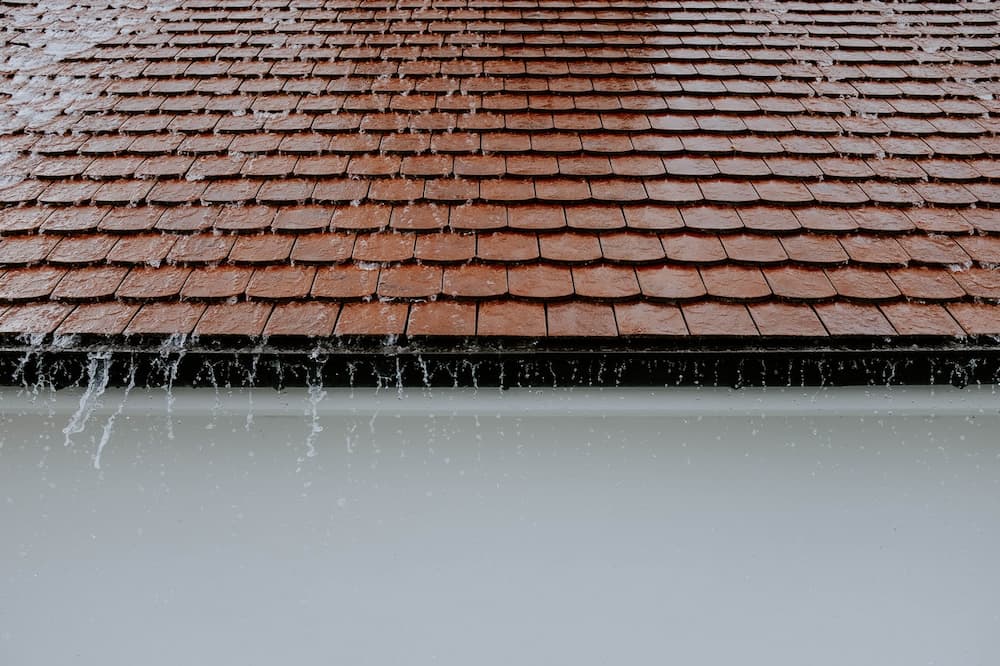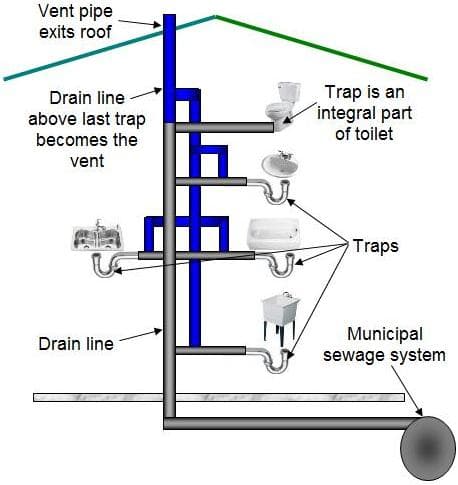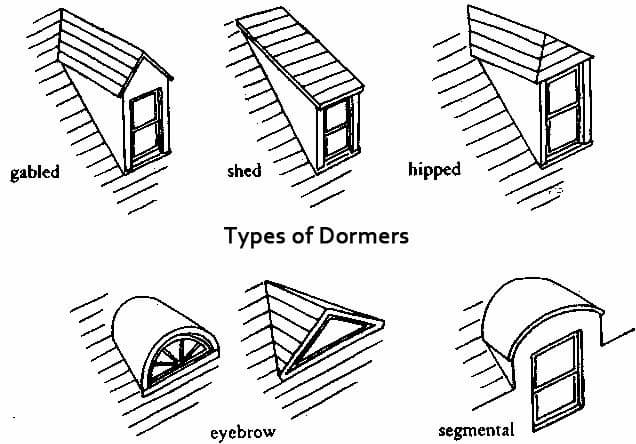The Anatomy of a Roof Explained
To install a new roof or have one replaced can be complicated for a number of reasons. You have to make decisions on a number of things that change the quality and price of your investment. It’s a good idea to be familiar with the anatomy of a roof to properly communicate with your roofer.
Most Canadians opt for asphalt shingles but it’s not the only option for roofing materials. There’s the type of shingle to choose from and what each choice means in terms of warranty and quality. Do you know what type of underlayment is being installed? There are many decisions that require a brush-up on your roofing IQ and vocabulary.

The anatomy of a roofing system is similar to the anatomy of our own bodies. Shingles function as the skin of our roofs, keeping out water and the elements. Below that, there are layers with different functions and benefits.
Understanding each component of shingle roofs will relieve stress on your end and help you better communicate your desires and ideas with your roofer.
Let’s begin with the major parts that make up the anatomy of a roof.
VentsRoof Deck
The decking of your roof bears the weight of all roofing parts and gives your roof its structure. You’ll see roof decking on houses that are mostly bare. Sheets of plywood generally serve as roof decking, matching the rest of the house. At this point, without any other layers, your roof would quickly succumb to weather and UV rays. Think of the decking as the bones of your roof, there to support and brace the rest of your roofing system.

Underlayment
The underlayment layer acts as a waterproofing seal. It protects your attic from water damage and extends the life of your roof considerably. Underlayment is made from thick felt or other synthetic materials, creating that water-tight barrier and giving shingles something to attach to. There are a few variants of underlaying, differing in material and thickness. Your climate will often dictate what type of underlayment is best for you, which your roofer will help advise on.

Flashing
Flashing is placed around chimneys and joints. Its primary purpose is to prevent water seepage in joint areas of your roof and add some extra durability and life. Flashing is made out of metal. Roofers screw it into place around any seams or protruding vents. You may see flashing around chimneys, but otherwise, it’s an invisible component.
Drip Edge
The drip edge works like flashing, but with water movement in mind. Drip edges run along the edges of your roof, encouraging water to run down and off rather than sticking around and causing mold or rot. They are especially important during rainy seasons and for dealing with snowy slush.

Shingles
Shingles make up the final layer of roofs. They are the primary shield against wind, rain, UV rays, and even fire. Asphalt shingles are the most common roofing material due to their low price and durability. They are made from a variety of materials, with some asphalt mixtures being a bit stronger than others. Depending on where you live you may want to choose fire-resistant shingles or ones designed to be extra wind-resistant.

Standard shingles will cover the flat slopes of your roof. They can come in sets of three, making up a larger sheet, or in individual squares. For hips and ridges, your roofer will use shingles designated for that purpose. Hip or ridge shingles cover the top ridge of your roof and all other connecting seams, creating a water-tight cover over areas more prone to water leaks.
Structural Roofing Components
Now we can move on to the structural parts of your roof. The build of each roof is close to unique, depending on your neighborhood and personal preference. There are several designated roof styles in the roofing world, like gable roofs or mansard roofs. Each style contains the same components but in different amounts and sizes.
Ridges
The ridge of a roof is the connecting seam on the very top. It’s the highest point of your roof–everything else slopes down from this point. Ridges also run down slopes with connecting seams, overlayed with hip shingles to keep water out.
Vents
Vents allow moist, hot air to escape from your attic. Without roof vents, you’d have a tropical environment in the top half of your home. Look for vents along ridges or on gables. Pipes vent humid air too but pipes on a roof also vent your sewage plumbing system.

Dormers
Dormers rise up through your roof. The square sections improve the architectural design of your home. Use a dormer to create space for bedrooms and windows. Other times, they create an aesthetic appeal and allow natural light into attics.

